SRM系统中对供应商评价指标的更新方式
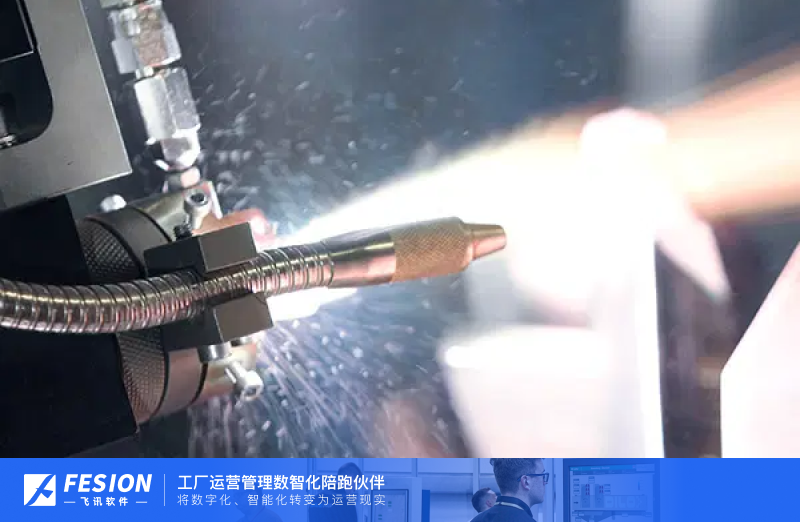
Supplier evaluation is an essential aspect for the smooth functioning of any organization. It helps the organization to identify and streamline its procurement processes, ensuring high-quality products at competitive prices. The Supplier Relationship Management (SRM) system is a framework used by organizations for managing their suppliers effectively. One of the critical components of the SRM system is supplier evaluation, which involves assessing the performance of the suppliers against set criteria. Over time, these set criteria or supplier evaluation indicators may require updating to ensure that they remain relevant to the changing needs of the organization. In this article, we will explore the different ways to update supplier evaluation indicators in the SRM system.
Review the Existing Supplier Evaluation Indicators
The first step towards updating the supplier evaluation indicators is to review the existing indicators. It helps to ensure that the existing indicators are still relevant to the current business environment. A review can be conducted through surveys, interviews, or discussions with stakeholders such as suppliers, procurement personnel, and other relevant departments within the organization. Based on the feedback obtained through the review, necessary changes can be made to the existing supplier evaluation indicators.
Incorporate Best Industry Practices
Keeping abreast of industry trends and best practices is crucial in updating the supplier evaluation indicators. Organizations should invest time in researching and identifying the latest strategies, approaches, and techniques used by competitors and peers in the industry. These best industry practices can be incorporated into the existing supplier evaluation indicators, helping organizations stay ahead of the game.
Collaboration with Suppliers
Collaboration with suppliers is another way of updating supplier evaluation indicators in the SRM system. Suppliers play an essential role in the procurement process, and their input can provide valuable insights into what works and what does not work. By collaborating with suppliers, organizations can gain a better understanding of the challenges and limitations faced by suppliers, allowing them to tailor the supplier evaluation indicators accordingly.
Incorporate Feedback from Other Departments
Procurement departments are not the only department that interacts with suppliers. Other departments such as finance, quality control, and operations also interact with suppliers and have insights on supplier performance. Collecting feedback from these departments through surveys or interviews can help to identify specific challenges or areas that need improvements in supplier performance. This feedback can be used to update the supplier evaluation indicators.
Continual Evaluation and Improvement
The SRM system is dynamic, and changes are inevitable. Therefore, it is essential to continually evaluate and improve the supplier evaluation indicators to ensure they remain relevant. Regular evaluation helps to identify gaps and areas that require improvements. Based on the feedback obtained, changes can be made to the supplier evaluation indicators, enabling organizations to maintain a robust and effective SRM system.
Conclusion
In conclusion, updating supplier evaluation indicators in the SRM system is crucial for ensuring the smooth functioning of procurement processes. The review of existing indicators, incorporation of industry best practices, collaboration with suppliers, gathering feedback from other departments, and continual evaluation and improvement are the different ways in which the supplier evaluation indicators can be updated. By adopting these approaches, organizations can maintain a robust and effective SRM system, ensuring high-quality products at competitive prices.
��Ѷ���������2006�꣬ӵ�������з����뿪��ƽ̨����һ�Ҽ���Ӫ�������졢�ɹ���ȫ��·���ǻ��������Ʒ����̺ͷ����̡���Ʒ�������ֻ����䡢����������������������˾��MRO��ERP��MES��WMS��CRM��SRM�Ȳ�ƷΪ������Ϊ�ͻ��ṩ���ǻ��������巽���滮��������ܷ�����Χ���������Ǻͳ����ǵ����������ڰ����ͻ������к�ʵ�ʳ������ɴ��С��ɴ��µ����ֻ���Ӫ��ϵ�������������Ϣ�����������ֻ��;������ܻ��������⣬Ϊ��ͬ��ҵ����ͬ��ʵ�ֲ�ͬ�ľ�ӪĿ�ꡣ



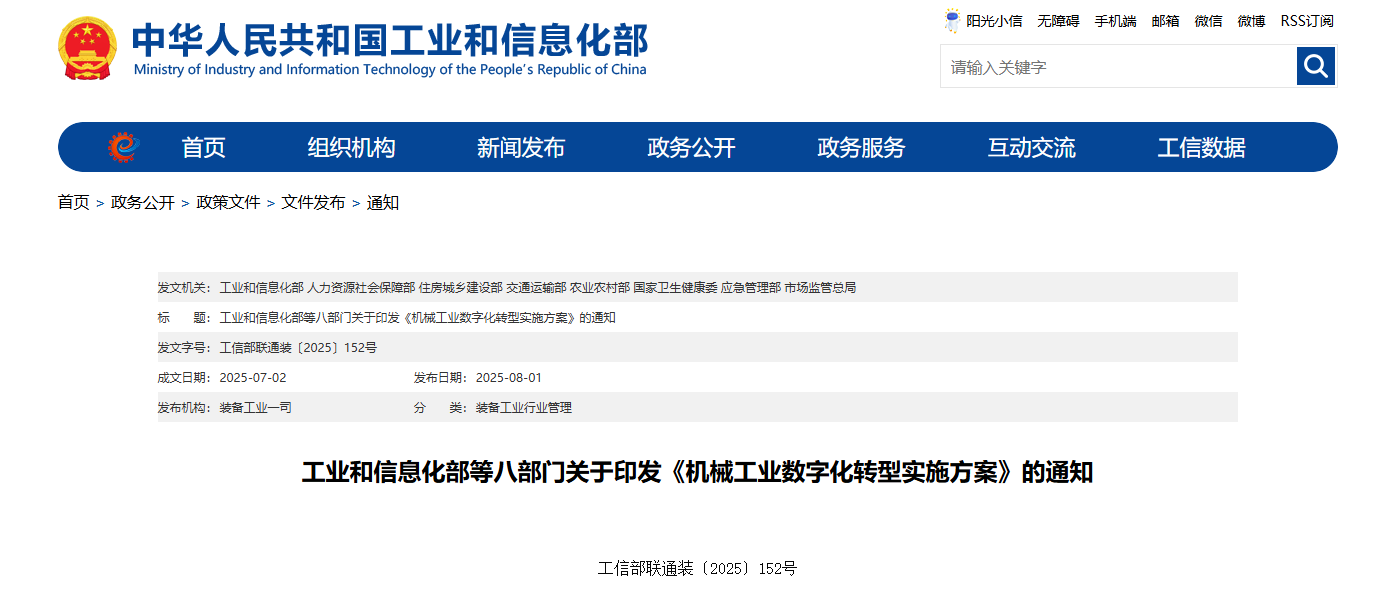

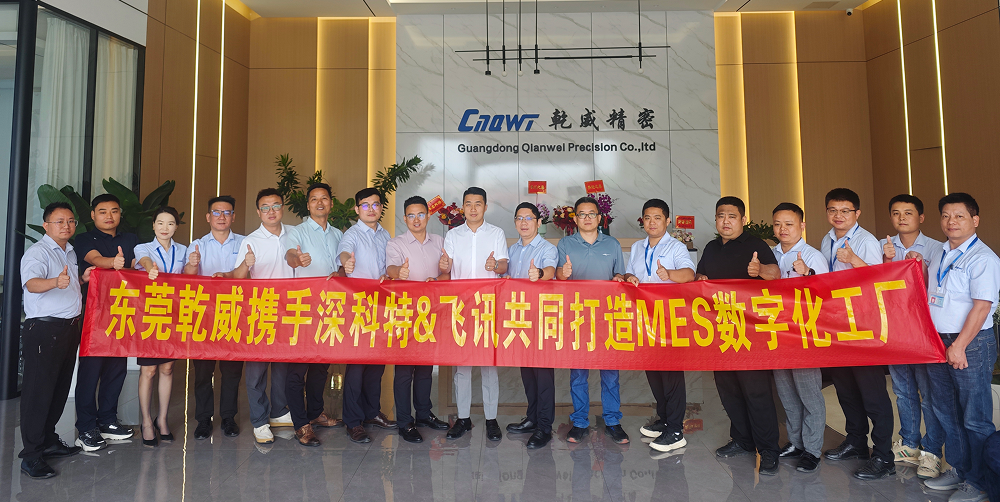
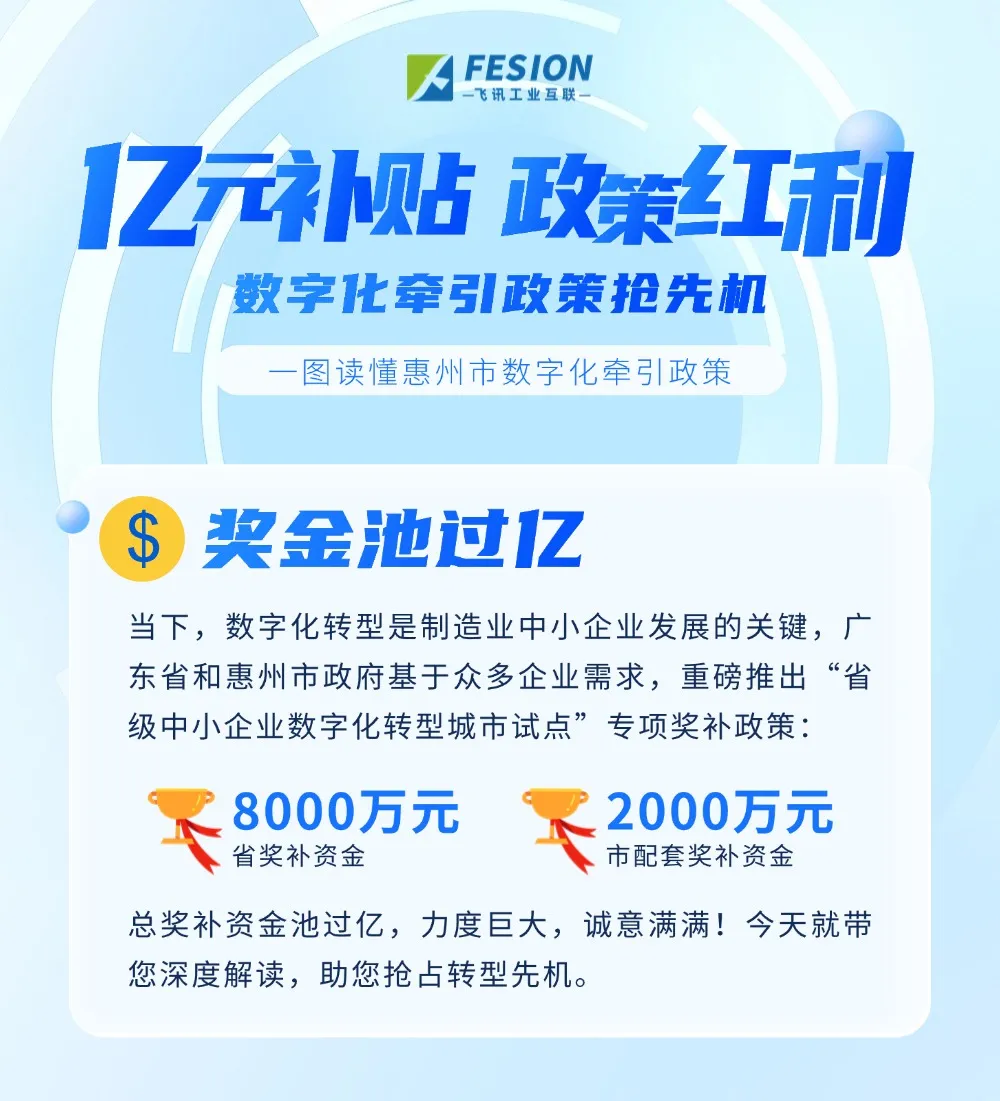


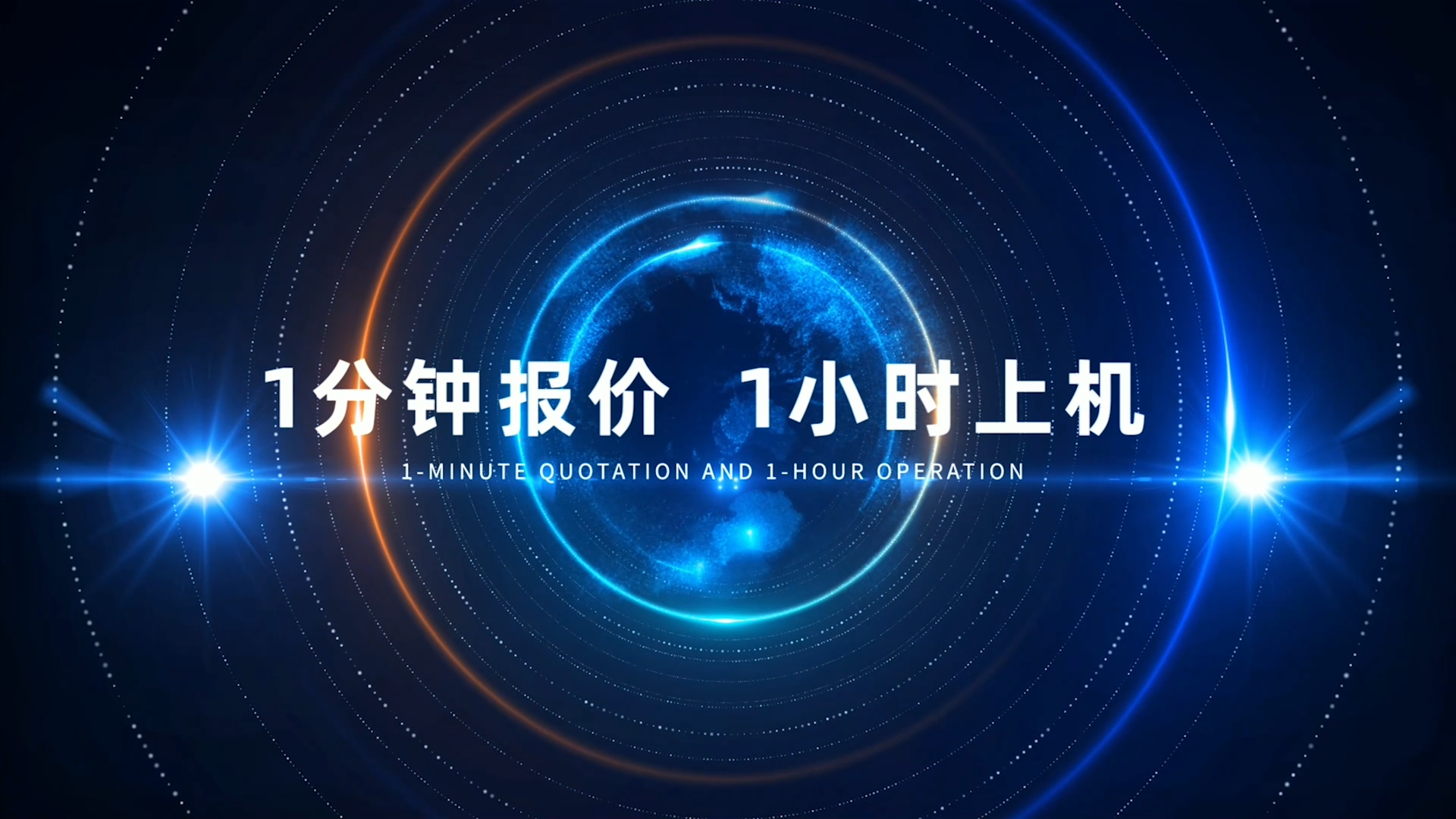
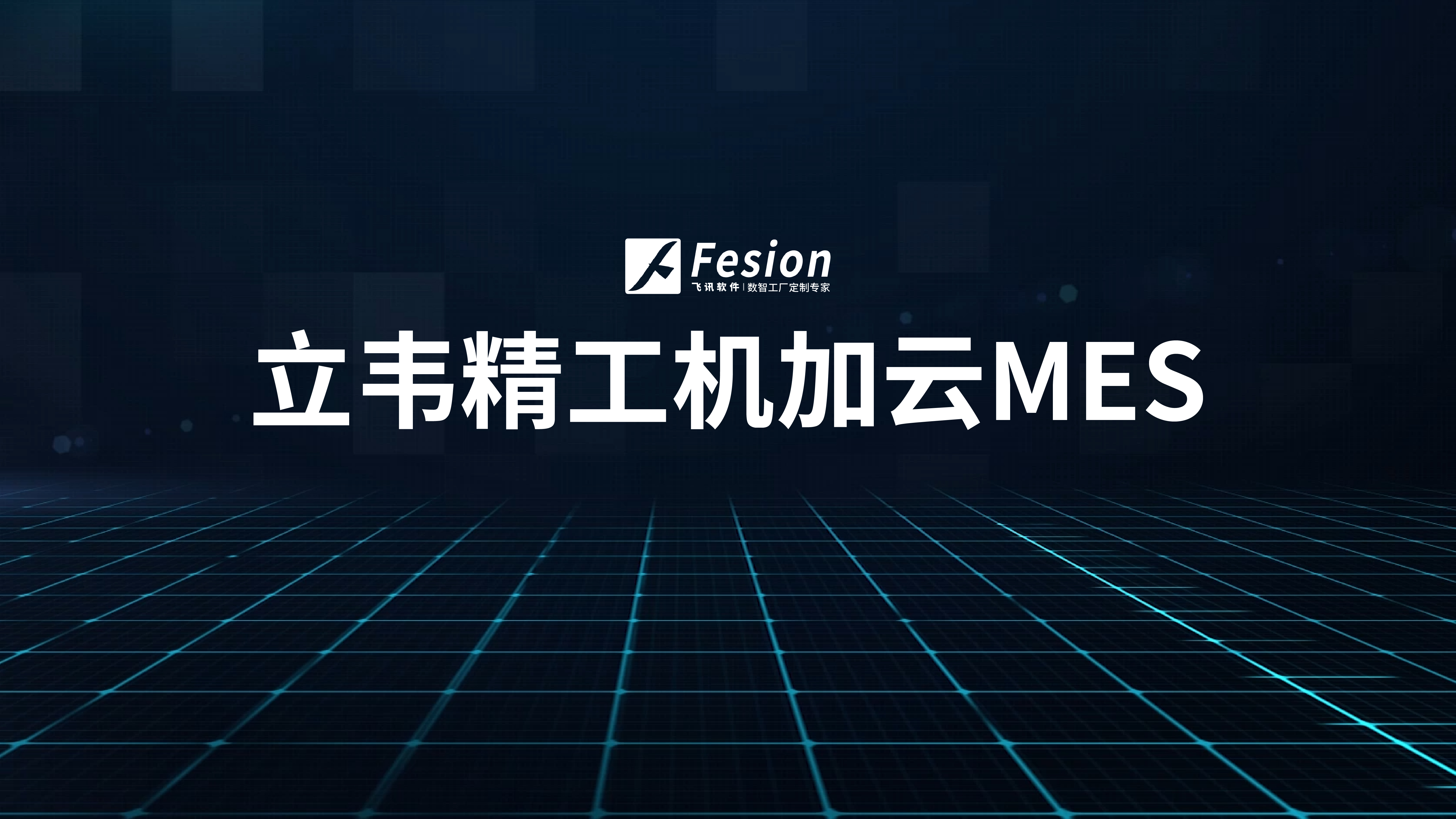
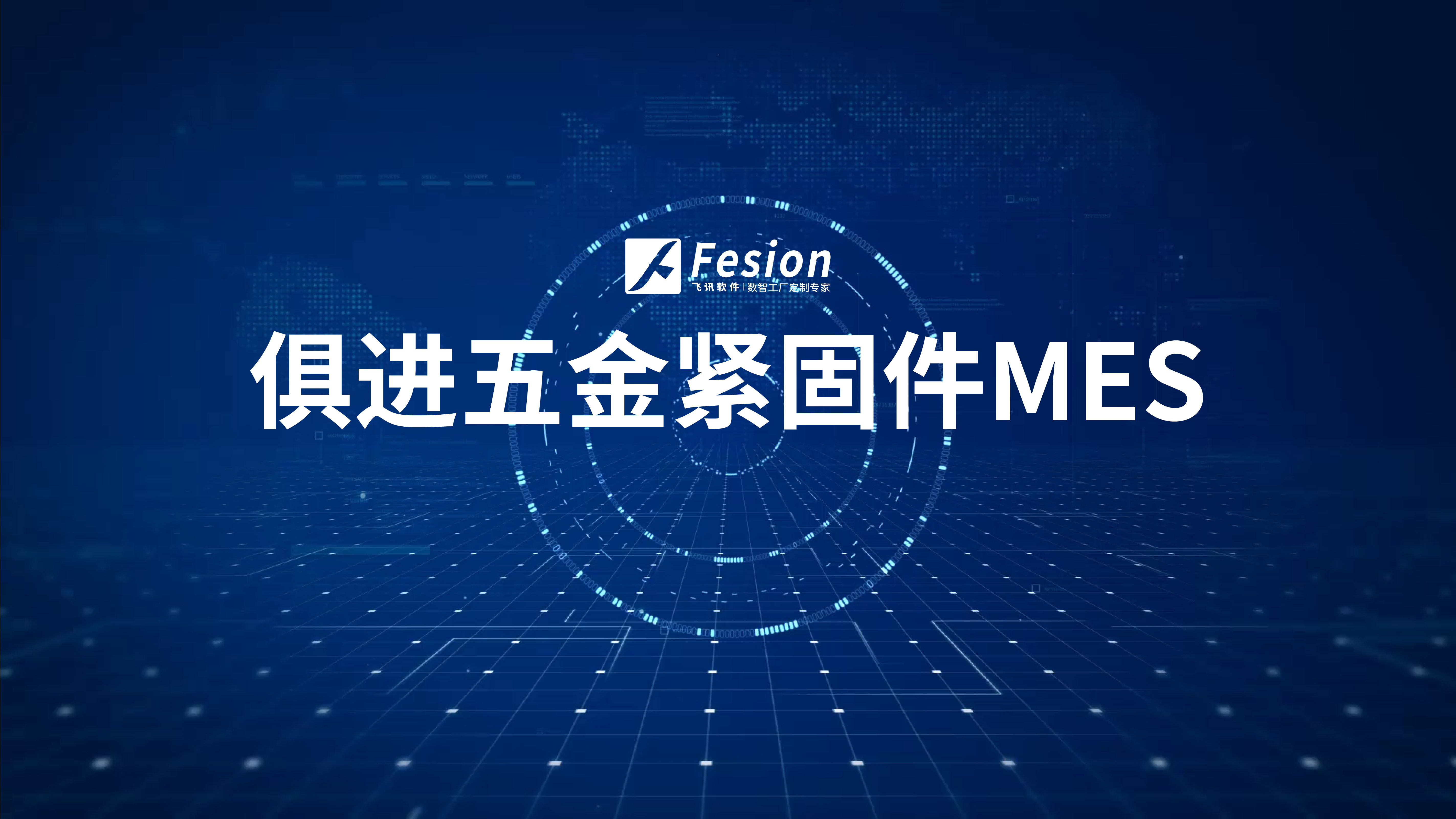




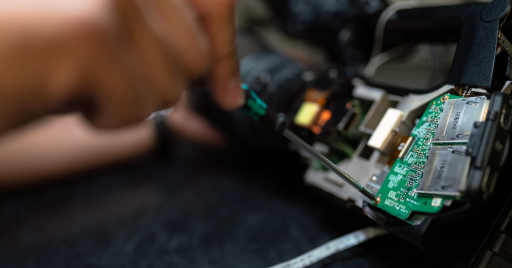






请先 登录后发表评论 ~